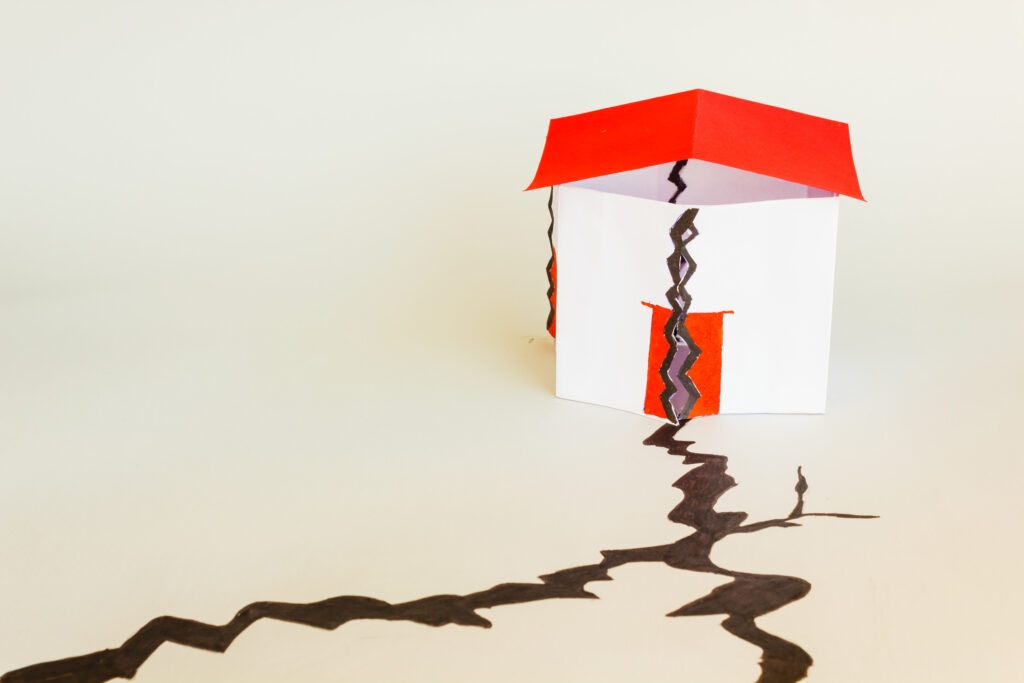Earthquakes can cause significant damage to properties, leaving homeowners and investors with substantial repair costs and potential safety hazards. While the visual destruction is often apparent, some damages can be subtle yet dangerous. Understanding common property issues that arise after an earthquake can help you take necessary actions quickly.
Wall and Ceiling Damage
The immediate aftermath of an earthquake often reveals damage to walls and ceilings. Cracks and fissures may form, compromising the structural integrity of the building. Drywall can get damaged, and ceiling materials may sag or collapse under stress. It’s not uncommon to also find that doors and windows no longer close correctly due to shifted framing. While minor cosmetic issues may be easy to overlook, more extensive damage to walls and ceilings can indicate severe structural problems. A professional assessment is vital for ensuring safety and to guide repair or rebuilding efforts. Investing in seismic retrofitting can help protect the walls and ceilings from future earthquakes.
Foundation Damage
The foundation of a building is its most crucial component for structural integrity. Earthquakes exert tremendous stress on foundations, causing various types of damage. Foundation damage can be as small as a minor crack to major structural damage. Even small cracks can be a sign of a more significant issue and should not be ignored. If you suspect foundation damage, engage a professional to assess the extent and recommend an appropriate course of action. Ignoring even minor damages can lead to costly repairs in the long term and make the property unsafe for occupancy. Engineers may advise on foundation bolting or other seismic retrofitting methods to improve the building’s earthquake resistance.
Roof Damage
Earthquakes can also wreak havoc on roofs. Shingles may get dislodged, and tiles can crack or break. More severe impacts include dislodged or damaged gutters and downspouts, or even partial roof collapses. When roofs are compromised, the risk of water damage increases significantly, affecting the overall condition of the property. After an earthquake, check your roof for visible damages and dislodged elements. Even if you do not notice immediate issues, have a professional conduct a thorough inspection. Roof damage is often not visible from the ground, and an expert can identify potential problems you might miss. While assessing roof damage, also check for issues with chimneys, skylights, and other installations that penetrate the roof. Any shifts or cracks in these areas can also signify that the roof has moved or sustained damage during the earthquake.
Understanding the various types of property damage that earthquakes can cause will help you take informed actions to protect your investment and ensure safety. Thorough inspections by professionals are essential for assessing the extent of the damage, especially in critical areas like the foundation. Quick and effective action not only safeguards the property but can also mitigate the risk of more severe damages and higher repair costs down the line. Always prioritize safety, and consult experts to make sure your property is as earthquake-resistant as it can be.
Did you enjoy reading this article? Here’s more to read: Points on Your Roof That Need to Be Maintained
